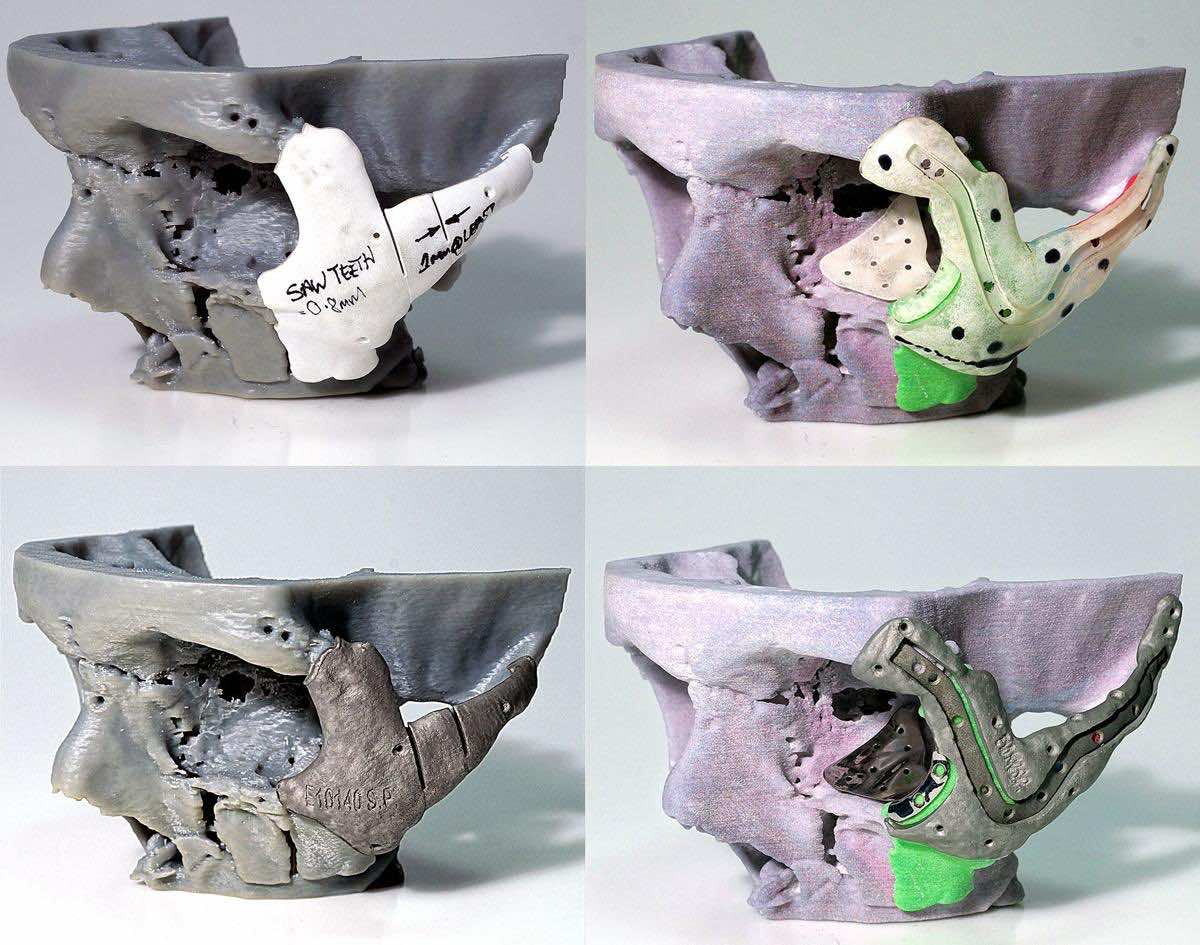What is the psychology behind colours?
Karen Haller describes colour psychology as “the study and understanding of the effects of colour, how we feel and how we perform. When we see a colour, we instantly feel its effect, whether we are consciously aware of it or not”. In other worse, when we view colours, each one sparks a different emotive reaction.
It is the combination of colours that is so integral when it comes to branding and advertising your business. Your customer will find themselves instinctively drawn to a certain colour palette and this will evoke different feelings about your company. It is essential that businesses focus on the colour psychology of their advertising in banners and marketing materials, which will all create lasting impressions on your customer.
Here is a breakdown of popular colours used in advertising and what they may express about your brand.
Red – Red is a dynamic colour typically used in marketing campaigns that need to evoke strong emotions. Associated with passion, love, determination and exhilaration, red is the colour to use when wanting to make serious, high-impact campaigns.
Blue – Blue is recognised as a trustworthy colour. Dependent on shade, blue can be mellow and calm, yet powerfully enticing. Companies that offer a service tend to find blue a preferable colour for their advertising as it instils a trustful relationship between business and consumer.
Green – For obvious reasons, green has firm links to nature and the environment. It gives off solid, relaxed, fresh and vibrant feelings to their audience, with a lot of health-centric companies choosing green for their advertising.
Monochrome – Monochrome advertising is targeted towards seriousness and trust. An outlier from the usual bold advertising you may see on the television, monochrome stands out in its own way. The sincerity of monochrome makes companies appear reliable, proving a good way to gain more custom.
How do I get it right?
Colour emotion guide – A colour emotion guide will allow you to match a feeling to a colour. Typically, they give examples of large-scale companies and categorise them, allowing you to visualise each colour in practice. This can also allow you to recognise if the vision you had for your brand would successfully evoke the emotion you desire. Brand personality – Brand personality is effectively how you want your brand to be perceived by your audience. Do you want to be a serious firm or inviting and fun? Think about your brand objectives. It is recognised that alongside colour emotion, acknowledging your own business’ personality is essential for getting your branding colours right. So, consider the way you want your business to be presented and go from there.


